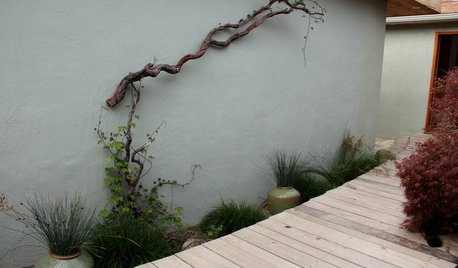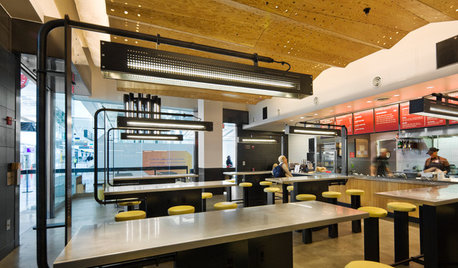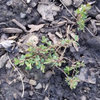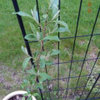can you id this?
pmccleery
10 years ago
Related Stories

MORE ROOMSRooms I'd Like to See Wrapped Up as Gifts for the Holidays!
What Room Do You Have on Your Gift List This Year?
Full Story
HOUSEKEEPING10 Chores You Can Whip Through During Commercials
Use ad time for getting tasks done, and it’s like fast-forwarding your house into cleanliness
Full Story
DECORATING GUIDESSee How Wabi-Sabi Can Bring Harmony and Beauty to Your Home
Create your own wabi-style style with beautifully weathered, humble materials around the house
Full Story
HOUSEKEEPINGCan-Do Cleaning Strategies for Busy People
While you dream of having a maid (to go with the cook and chauffer), this simplified cleaning routine can keep your real-world home tidy
Full Story
SMALL SPACESHow Portability Can Make You Happier at Home
Downsizing your stuff and going for maximum mobility can actually make your home feel bigger and your life feel fuller
Full Story
DIY PROJECTSMake an Upholstered Headboard You Can Change on a Whim
Classic stripes today, hot pink tomorrow. You can swap the fabric on this DIY headboard to match your room or your mood
Full Story
PETS5 Finishes Pets and Kids Can’t Destroy — and 5 to Avoid
Save your sanity and your decorating budget by choosing materials and surfaces that can stand up to abuse
Full Story
DECORATING GUIDES5 Ways Art Can Improve Your Room Design
Artwork can bring together the elements of a room by being a focal point, a color inspiration, a harmonizer and more
Full Story
HOME TECHWhat Chipotle and Radiohead Can Teach Us About Sound Quality at Home
Contemporary designs filled with glass and concrete can be hostile environments for great sound quality. Here's how to fix that
Full Story
DECORATING GUIDES7 Bedroom Styling Tricks Anyone Can Do
Short on time or money? You can spruce up your bedroom quickly and easily with these tips
Full StoryMore Discussions











User
elfquessica
Related Professionals
Arnold Landscape Architects & Landscape Designers · Hershey Landscape Architects & Landscape Designers · Middle Island Landscape Architects & Landscape Designers · Willowick Landscape Architects & Landscape Designers · Canton Landscape Contractors · Surprise Landscape Contractors · Berkeley Heights Landscape Contractors · Cincinnati Landscape Contractors · Fuquay-Varina Landscape Contractors · Marlborough Landscape Contractors · Oakland Landscape Contractors · Winter Gardens Landscape Contractors · Vadnais Heights Landscape Contractors · Suisun City Landscape Contractors · Okolona Stone, Pavers & Concretemissingtheobvious
gardengal48 (PNW Z8/9)
User
gardengal48 (PNW Z8/9)
User
Priswell
mytime
User
mytime
User
mytime
larry_gene
florauk
User
Tiffany, purpleinopp Z8b Opp, AL
florauk
User
shadeyplace
florauk
florauk
User
gardengal48 (PNW Z8/9)
florauk
Embothrium
User